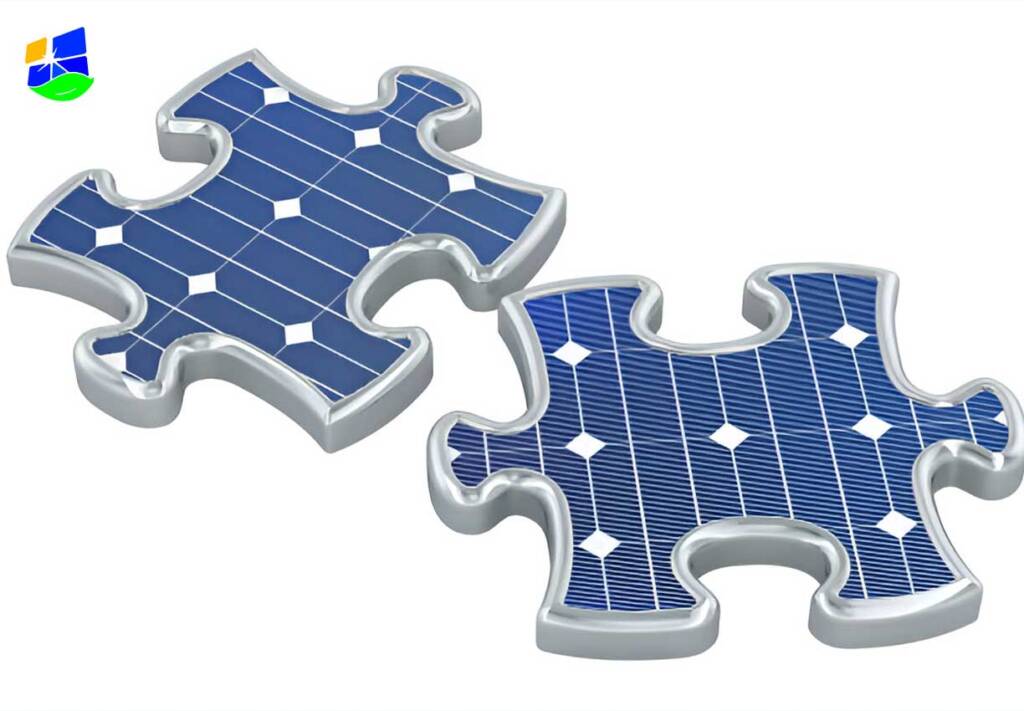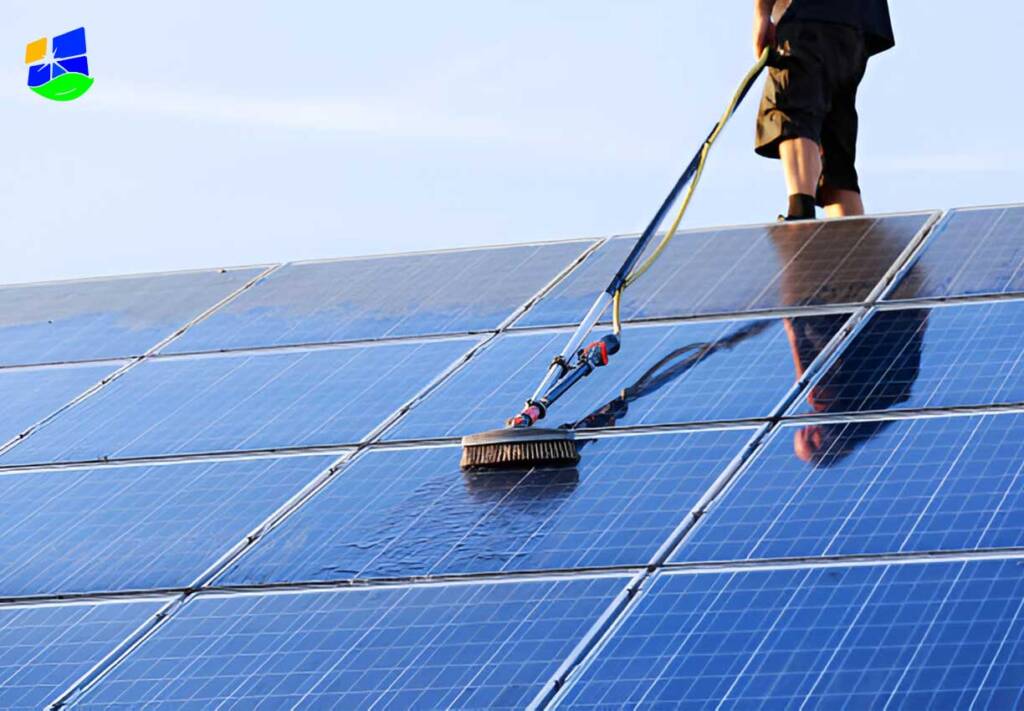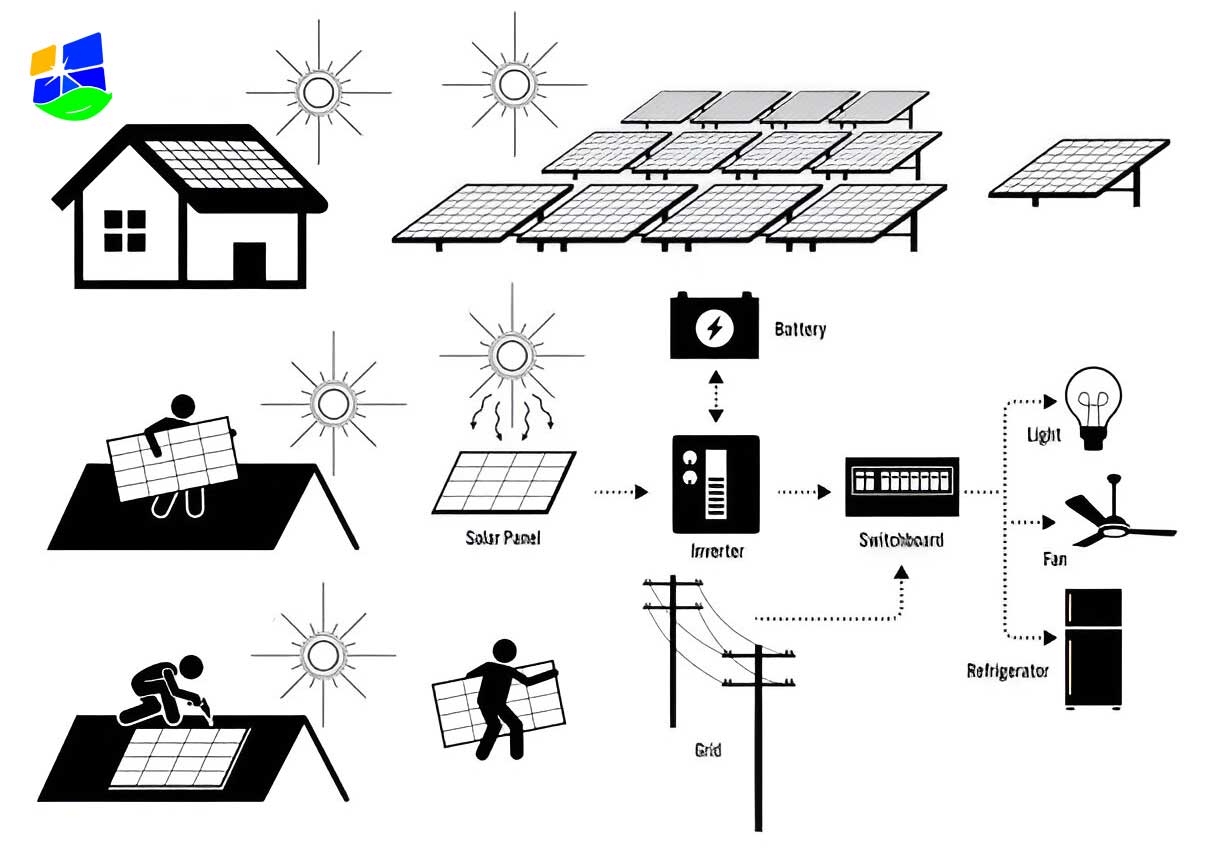Switching to solar energy is among the most amazing actions you can take to achieve sustainability, reduce utility bills, and obtain energy independence.
However, installing a solar energy system does not mean completing your investment. It is worth knowing how the system works and the upkeep it requires to maximize its potential and preserve its longevity.
This guide will take you through all the components of a solar energy system and the necessary steps to ensure it is in top working order. This guide will arm you with the understanding to ensure
that your system remains effective for decades to come — whether you’re a homeowner planning to put in a system, a DIY enthusiast, or just a renewable energy advocate
Solar Energy Devices: An Essential Overview
To maintain your solar energy system, you must first understand its key components. All three are essential components needed to collect, store and convert sunlight into usable electricity for your home.
Read more on the directions. The forward subpanels (photovoltaic modules)
Your solar panels are the most noticeable component of your system. They capture sunlight and send it to photovoltaic panes, which create direct current (DC) electricity.

Check for dirt and debris: Dust, leaves, bird droppings, and snow can block sunlight from hitting the panels. Make a regular habit of giving your panels an inspection every few weeks.
Clean As Needed: Rinse your panels with water (w/non-abrasive sponge) &/or telescopic soft-bristle brush. Avoid rough chemicals that could injure the surface, so make the cleaning materials soft.
Physical Damage: If you notice any cracks or discolouration, the performance can suffer and you may need to replace the current one.
Mounting System
Role: The mounting system fastens your panels to your roof or the ground. Most of the now available systems have adjustable mounts that allow you to optimize the angle of the panels to capture sunlight
Physical Inspection
Physically inspect the bolts and fasteners and retighten any loose connections annually so that the panels remain stable (if you live in an area with high winds, it’s important to ensure everything is secure).
Check for rust or corrosion on metal parts and treat the areas to avoid damage.

Solar Inverter
Role: The inverter converts direct current (DC) electricity generated by your panels into alternating (AC) electricity that can power your home appliances.
The performance check: Modern inverters usually have a digital display panel or application that gives performance metrics. Stay alert for even minor inconsistencies — declines in effectiveness, for instance.
Keep the inverter in a well-ventilated place to prevent it from overheating by cleaning its vents to ensure they are not blocked.
Inspect for Wear: Check wiring and connections for wear and damage. Its failures in relations deny the convertibility of energy.
(If you have battery storage)
Role: Your solar energy system may have batteries to store excess energy for cloudy days or nighttime. This is normal for an off-grid system.
Monitor charge levels to maximize battery longevity If used improperly; this device could lead to overcharging and deep discharging, both of which cause some types of batteries (like lead acid) to lose capacity.
Avoid extreme heat or swelling, which may signal a service or replacement is due.
Quarterly Maintenance Tasks
· Supporting structure inspection ==>Hopefully, attend functions and tight all loose bolts
Inspect the connectors. Check for any signs of physical damage or loose connections.
Annual Maintenance Hire a
. Go for a professional system checkup ==> Verify the electrical accessories
. Like Updating the app Update the software.
. It is a tree to ensure the tree. It is not shading the panel.
From Costs to Savings: Tips to maximize the efficiency of solar panels
Aside from having the solar system maintained, there are ways that your solar output can be optimized with very little input on your part. Such adjustments include;
· Optimizing panel placement
· True Nano ( or North if you are in down under) Screens pointed towards the true. Add cleaning to your schedule
Technological upgrade: Buying modern inverters or higher-capacity batteries can only improve your system over time.
Difference Between Professional and Do It Yourself Maintenance.
Homeowners can do lots of maintenance on their solar power systems, but a professional inspection is still best. A certified solar technician can troubleshoot and repair problems not visible to the untrained eye, such as electrical or micro-cracking in the panels.
Plan to check in once a year with a professional, especially if your process is older or in an area with extreme weather ailments.
Global energy demand remains a globalized affair So, when you properly maintain your solar energy system, you get the most out of renewable energy (reduced carbon footprint, electricity costs, a healthier lifestyle, etc.) in the long run. Understanding the components of your system and performing preventative maintenance can help extend its life span, making your investment pay off with maximum efficiency and homeowner comfort.
Need more guidance? Pick more about energy sources, or break with a vicinity professional to get cupboards together with a good solar care plan for your setup.

